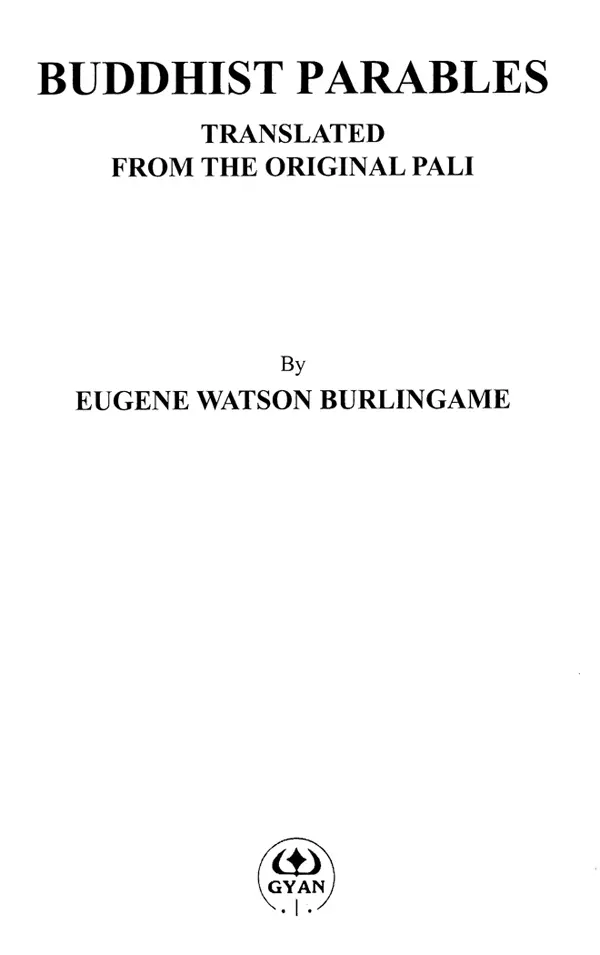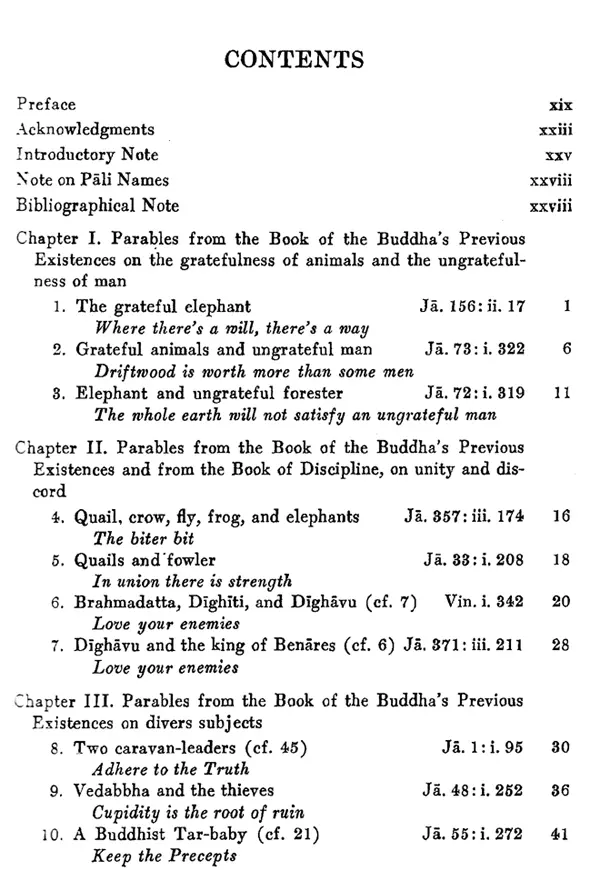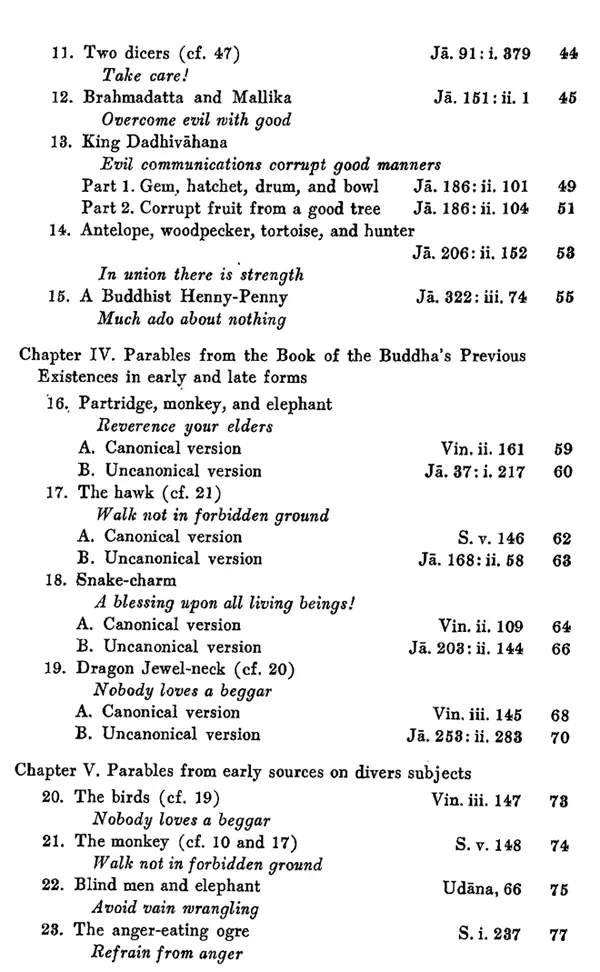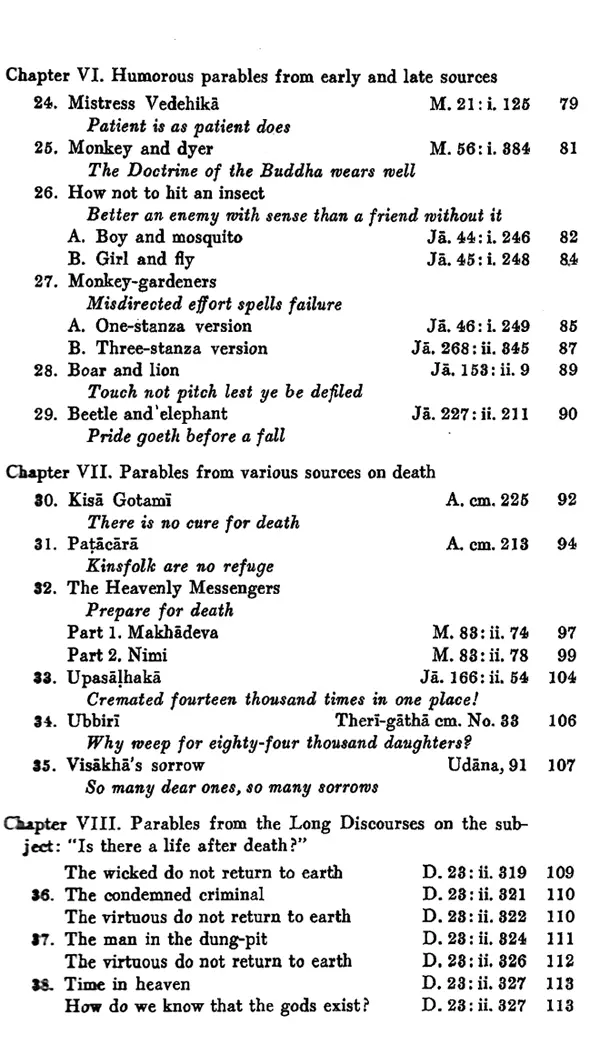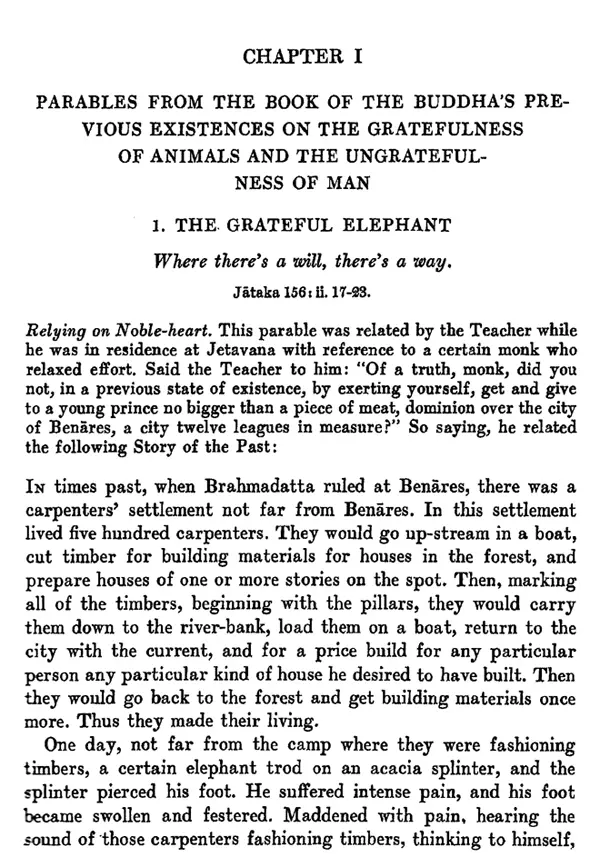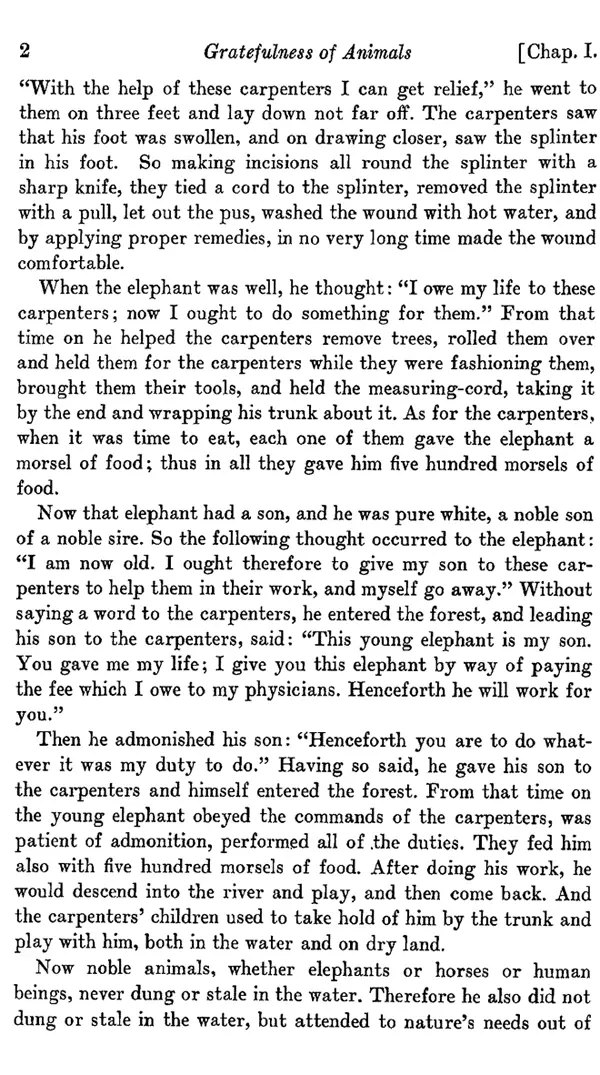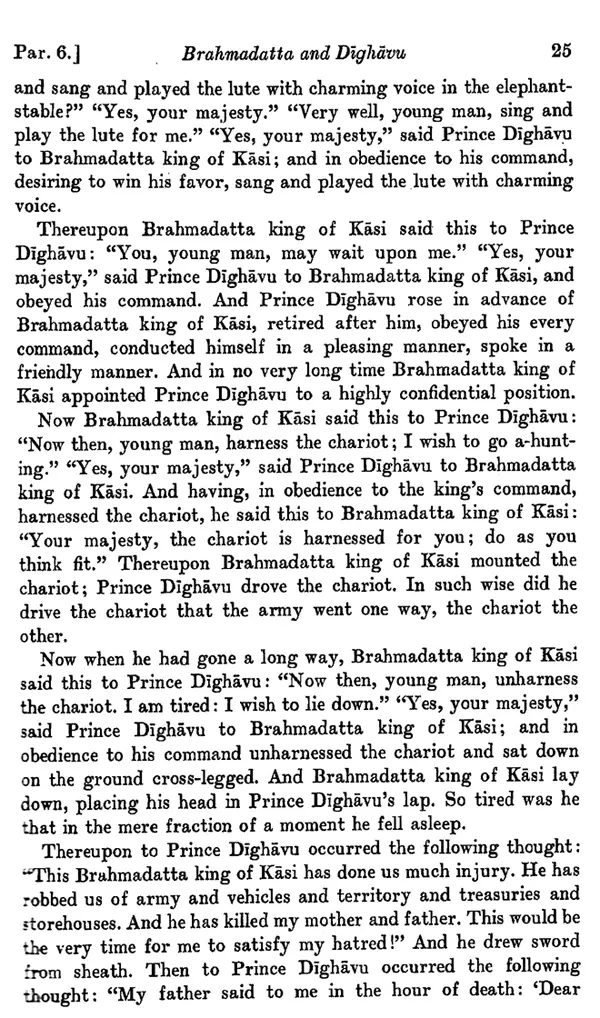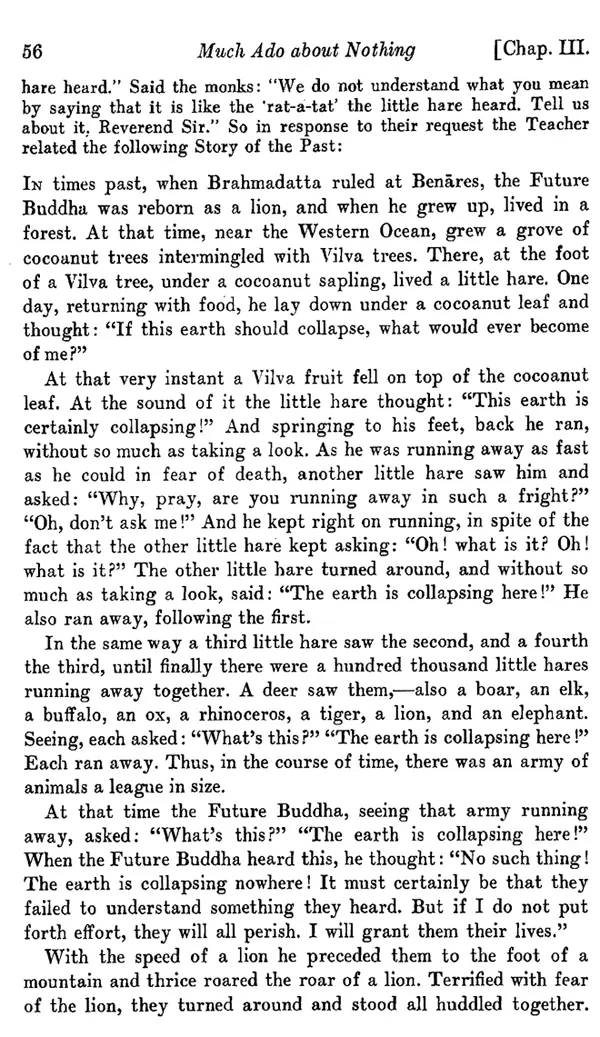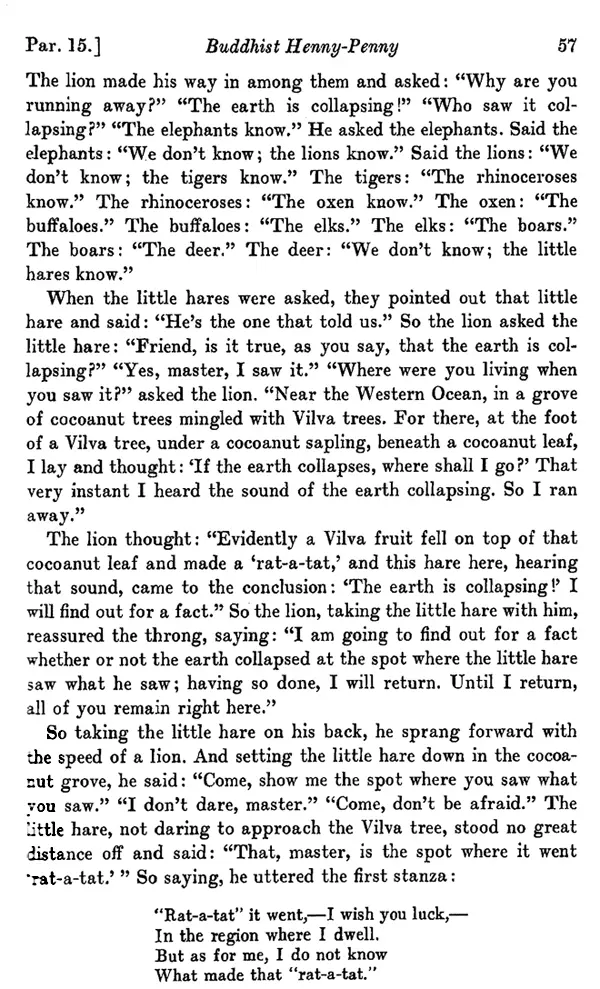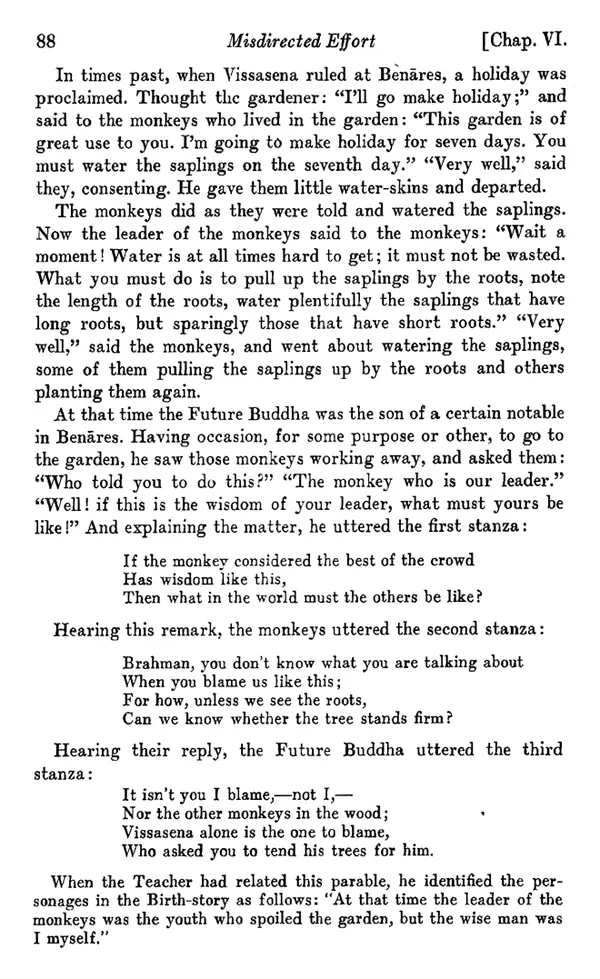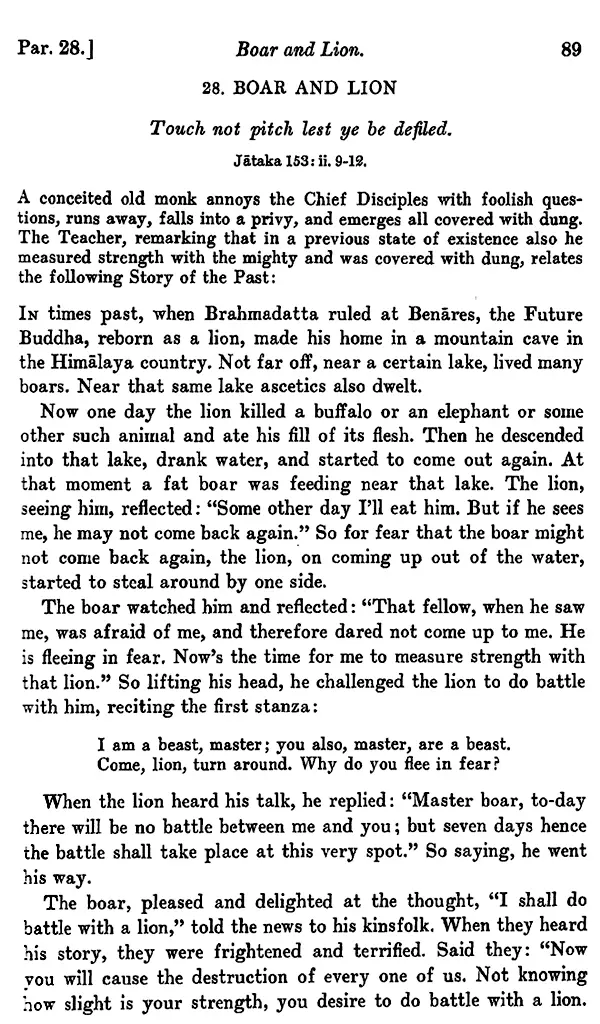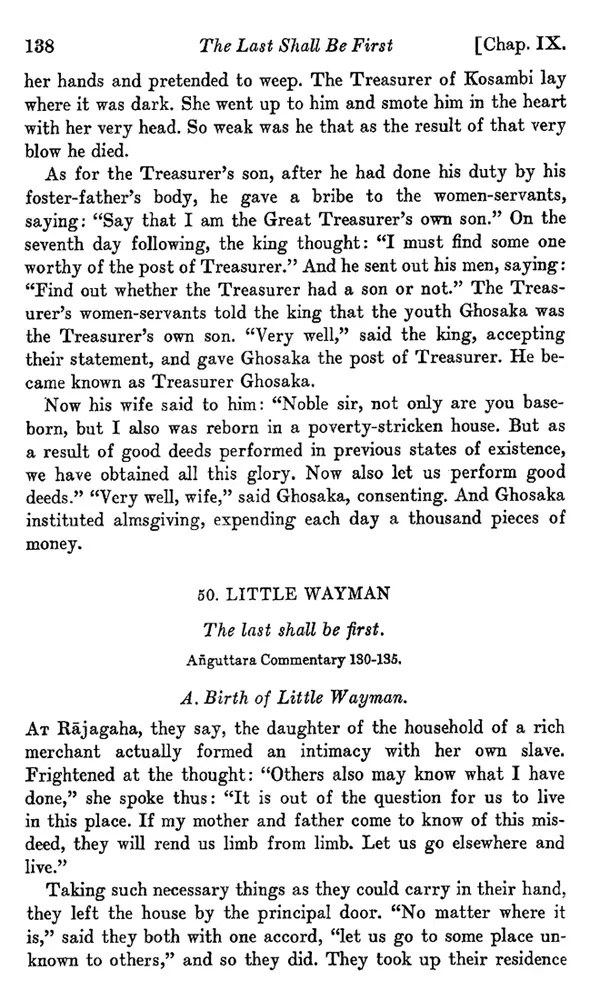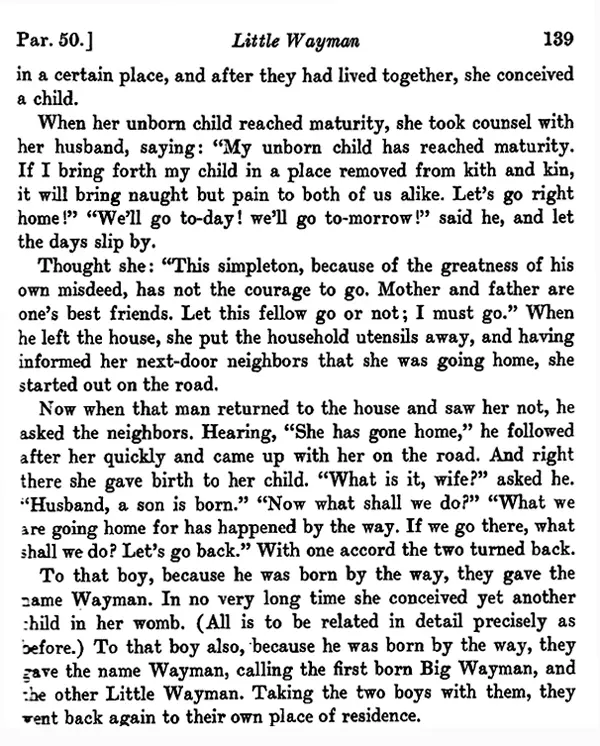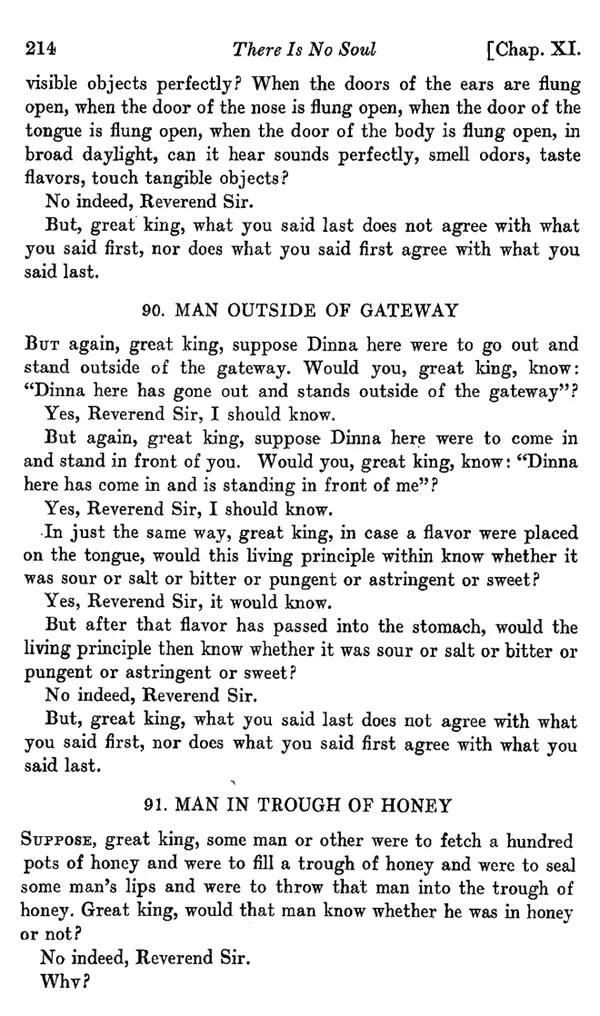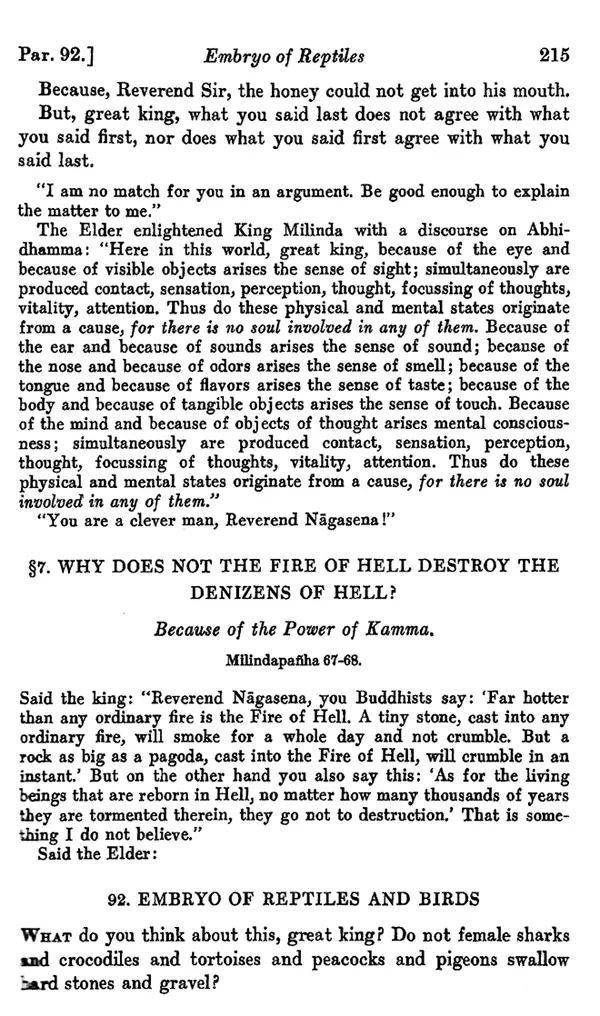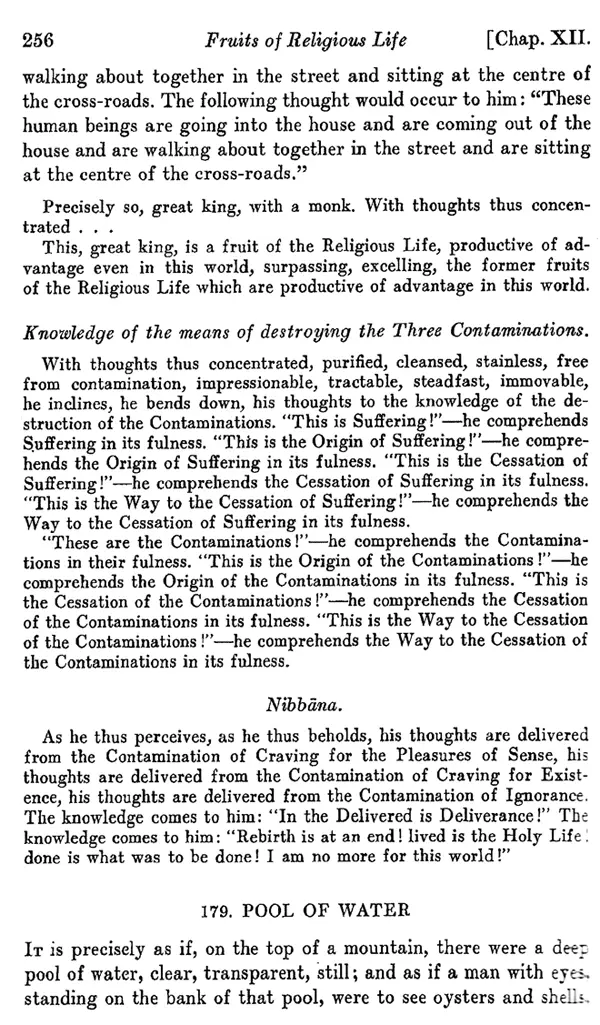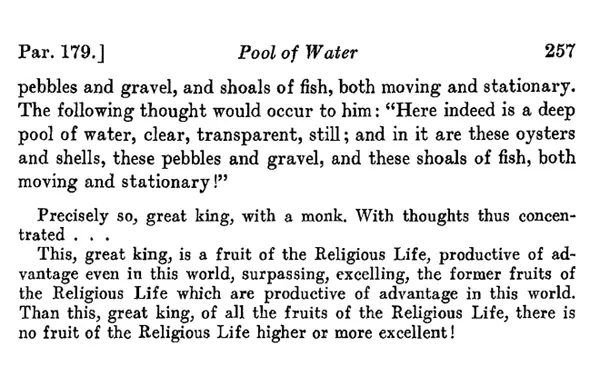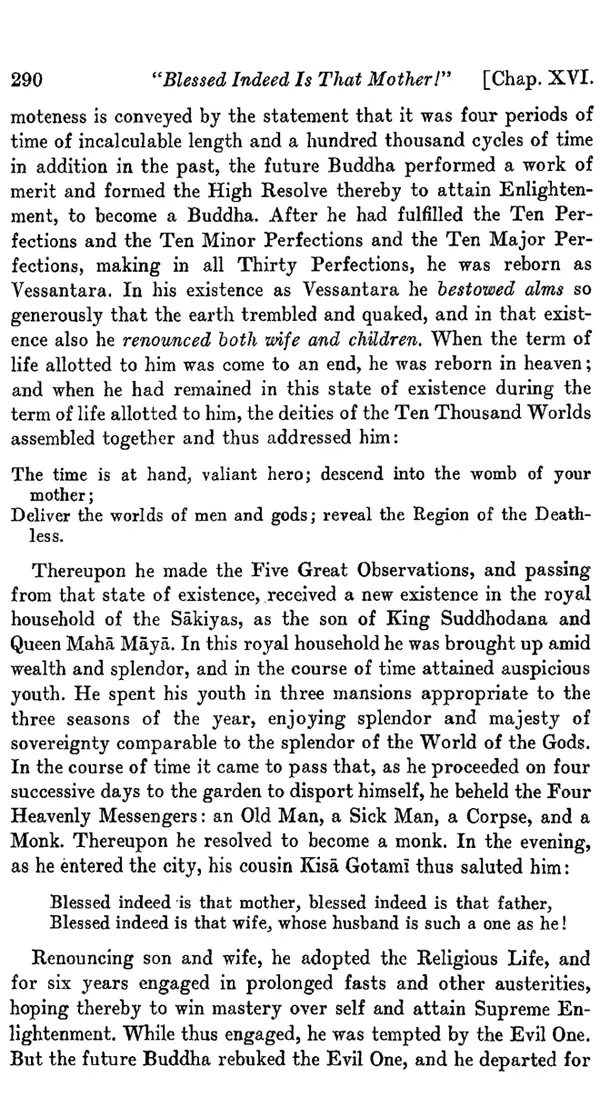
Buddhist Parables
Book Specification
| Item Code: | UBA696 |
| Author: | Eugene Watson Burlingame |
| Publisher: | Gyan Publishing House, New Delhi |
| Language: | English |
| Edition: | 2022 |
| ISBN: | 9788121266383 |
| Pages: | 382 |
| Cover: | HARDCOVER |
| Other Details | 9.00 X 6.00 inch |
| Weight | 550 gm |
Book Description
The present book is an English translation of Mahipati's Marathi poem Bhakta-Vijaya which records the legends of Indian saints, irrespective of their difference in caste, community, creed, language and place of origin. It is one of the most fascinating of religious story-books Thus we have the record of different saints - Yayadeva, Jnanadeva, Namadeva, Ramananda, Tulasidasa, Kabir, Suradasa, Narsi Mehta and Guru Nanakadeva. A lot of information is available on Ekanath-the greatest scholar-philosopher-saint-poet-cum-social reformer and the towering personalities Tukaram and Ramadasa. It also records the miraculous and fascinating legends of several saints, how they spread the Bhakti cult, how they struggled against discrimination between man and man and how they tried to uproot the malpractices which prevailed in the name of Religion in those days.
Eugene Watson Burlingame (1876-1932) was a Translator, Author, Editor. He works in 221 publications in 2 languages and 1,388 library holdings.
This volume contains upwards of two hundred similes, allegories, parables, fables, and other illustrative stories and anecdotes, found in the Pali Buddhist texts, and said to have been employed, either by the Buddha himself or by his followers, for the purpose of conveying religious and ethical lessons and the lessons of common sense. Much of the material has never before been translated into English.
CHAPTERS I-III contain parables drawn, with a single exception, from the Book of the Buddha's Previous Existences, or Jātaka Book. This remarkable work relates in mixed prose and verse the experiences of the Future Buddha, either as an animal or as a human being, in each of 550 states of existence previous to his rebirth as Gotama. The teatus receptus of this work repre- sents a recension made in Ceylon early in the fifth century A. D., but much of the material is demonstrably many centuries older. For example, the stanzas rank as Canonical Scripture, and many of the stories (including Parables 4 and 14 and 27) are illustrated by Bharahat sculptures of the middle of the third century B. C. Parable 6 is taken from the Book of Discipline or Vinaya, and was very possibly related by the Buddha himself.
With Parable 1. The grateful elephant, compare the story of Androclus and the lion, and Gesta Romanorum 104. With Para- ble 2, Grateful animals and ungrateful man, compare E. Cha- vannes, Cinq Cents Contes 25; A. Schiefner, Tibetan Tales 26; Gesta Romanorum 119; and the following stories in Grimm, Kinder- und Hausmärchen: 17 Die weisse Schlange, 60 Die zwei Brüder, 62 Die Bienenkönigin, 85 Die Goldkinder, 107 Die beiden Wanderer, 126 Ferenand getrü un Ferenand ungetrü, 191 Das Meerhäschen. For additional parallels, see J. Bolte und G. Polivka, Anmerkungen zu den Kinder- und Hausmärchen der Brüder Grimm, Märchen 17, 62, 191. Parable 9, Vedabbha and the thieves, is the original of Chaucer's Pardoner's Tale. With Parable 10, A Buddhist Tar-baby, compare E. Chavannes, Cinq Cents Contes 89 and 410; also the well- known story in Joel Chandler Harris, Uncle Remus, His Songs and His Sayings. With Parable 18, Part 1, Gem, hatchet, drum, and bowl, compare Grimm, Kinder- und Hausmärchen: 36 Tisch- chen deck dich, Goldesel, und Knüppel aus dem Sack; 54 Der Ranzen, das Hütlein, und das Hörnlein. For additional parallels, see A more primitive form of Parable 15, A Bud- dhist Henny-Penny, will be found in A. Schiefner, Tibetan Tales 22. Compare the well-known children's story of the same name. Parables 5 and 14 are the oldest known prototypes of Pancha- tantra, Book 2, Frame-story.
